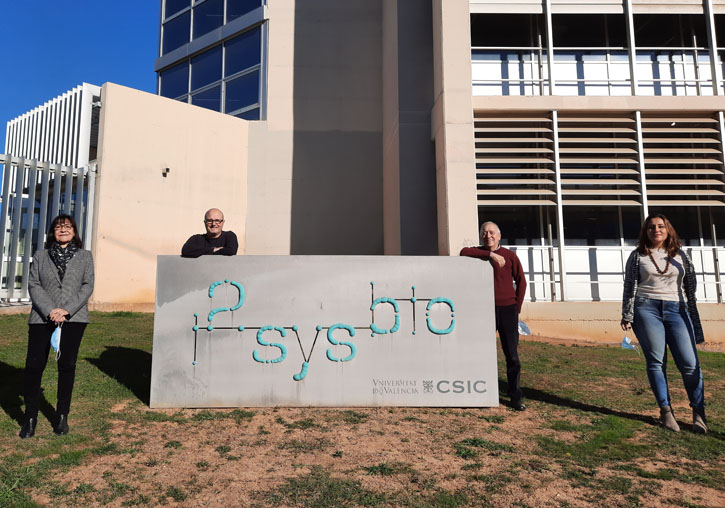Users
Social media
- More details here...
- Address
Parc Científic de la Universitat de València C/
Catedrático Agustín Escardino, 9
46980 Paterna (Valencia) Spain - Email:
iu.i2sysbio@uv.es - Phone:
(+34) 963544810
- Address
Links
They discover a new gene family of antimicrobial proteins in the German cockroach

Investigation & Education
Thesis
They discover a new gene family of antimicrobial proteins in the German cockroach

Researchers from the Institute of Integrative Systems Biology (I2SysBio, a joint center of the University of Valencia and the CSIC), have discovered a new gene family of antimicrobial peptides (small proteins) – the Blatelicins – in the German cockroach (Blattella germanica). The study, published in the journal Scientific Reports, can help understand how these insects can live in unhealthy environments and defend themselves against the fungal and bacterial pathogens they can encounter, thus avoiding killing the different types of beneficial symbiotic organisms they harbor.
The Evolutionary Genetics group of the I2SysBio have characterized the repertoire of peptide genes. antimicrobials in Blattella germanica and has discovered the presence of a new gene family of these, the Blatelicines. These are larger proteins than other antimicrobial peptides and with new characteristics, such as the presence of a region rich in the amino acids glutamine and glutamic acid.
“The German cockroach is one of the most successful cockroach species as an urban pest associated with human populations. The work shows that one of the factors that have contributed to its success would be the increase in the number of genes that encode antimicrobial proteins. Also, the presence of Blatelicins, the new family of proteins "antimicrobial, could provide greater effectiveness against some pathogens," highlights Francisco J. Silva.
The function of these new proteins is unknown, but they could be more effective antimicrobial proteins or favor the formation of pores in the membrane of the endosymbiont, which facilitates the transfer of metabolites to the insect cells. Cockroaches have a rich microbiota in the intestine that benefits their health, where an endosymbiotic bacteria (Blattabacterium cuenoti) stands out in the cells of the fat body that provides vitamins and amino acids and participates in the storage and obtaining of nitrogen.
In this way, the Blatelicin genes, which have recently evolved from the Atacin genes – another type of antimicrobial peptides – could contribute to defense against fungal and bacterial pathogens. This fact would explain the adaptation of these insects to such unhealthy environments and also their lesser impact on the beneficial microbiota of Blattella germanica.
The research also analyzes the production of different antimicrobial peptides throughout development, which has allowed us to reinforce the importance of Blatelicins, since it has been seen that in Blattella germanica these show the highest levels, but they are only produced in the adult stage. “The description of all the antimicrobial peptide genes will allow us to identify the tissues where they are expressed and which ones are important for the relationship of the cockroach with its bacterial symbionts and the resistance to the different types of pathogenic microbes,” says Silva.
Francisco J. Silva and Amparo Latorre (professor of Genetics at the University of Valencia and members of the FISABIO foundation), Carlos García-Ferris, have participated in the study. (tenured professor of the Department of Biochemistry and Molecular Biology), and María Muñoz-Benavent (predoctoral researcher). The research has had financial support from the European Regional Development Fund (ERDF), the Ministry of Science, Innovation and Universities of Spain and the Generalitat Valenciana, through the Prometeo program.
Article: Silva, F. J., Muñoz-Benavent, M., García-Ferris, C. and Latorre, A. Blattella germanica displays a large arsenal of antimicrobial peptide genes. Sci Rep 10, 21058 (2020). https://doi.org/10.1038/s41598-020-77982-3


